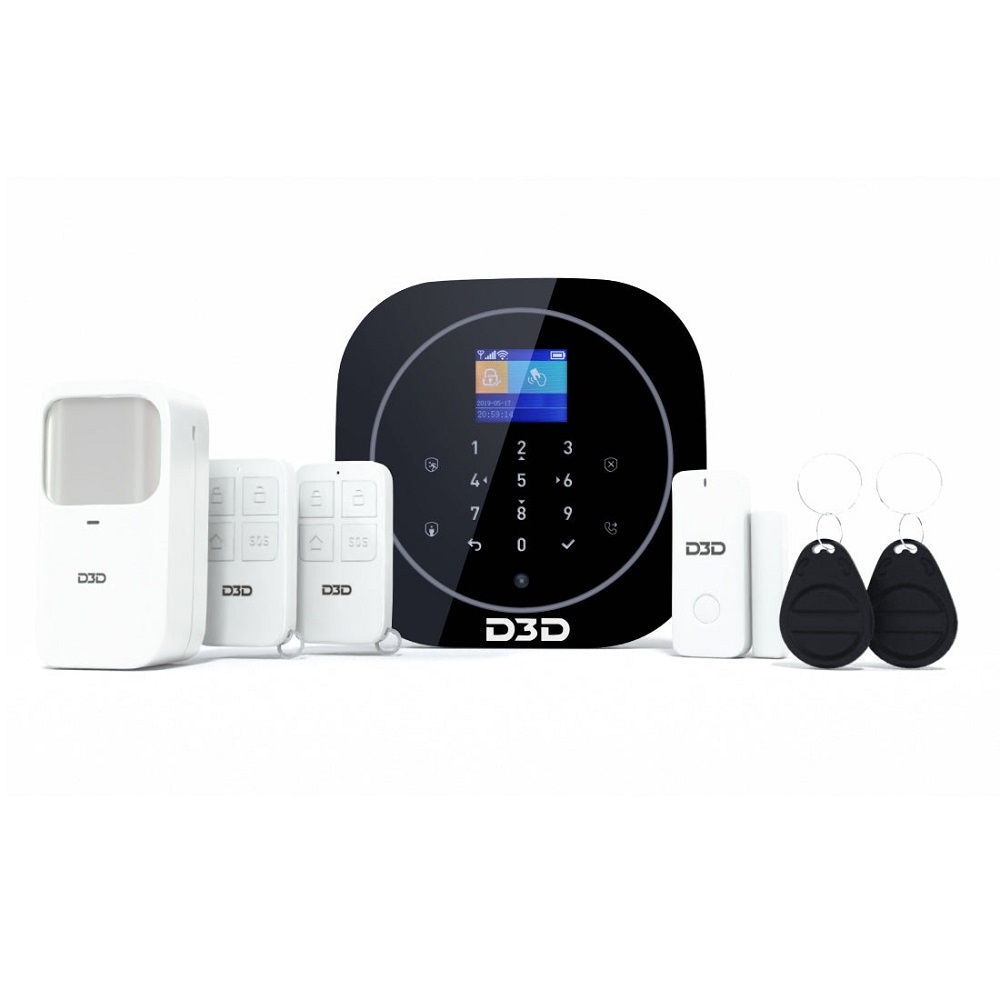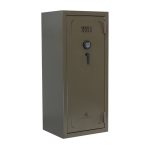As the world continues to evolve, so too does the landscape of home security. With advancements in technology and increasing concerns about safety, home security systems have become more sophisticated and accessible than ever before. In 2024, homeowners face an array of options, from traditional alarms to cutting-edge smart home technologies. This article explores the truth about home security systems in 2024, covering their benefits, types, and what homeowners should consider when choosing a system.
The Growing Need for Home Security
Rising Crime Rates and Concerns
In recent years, many communities have reported increasing crime rates, leading to heightened concerns about home safety. Reports of burglaries and property crimes often spark fear and anxiety among homeowners. This environment has created a growing demand for reliable home security solutions that can offer peace of mind. Homeowners are determined to take proactive measures to protect their families and possessions.
Increased Awareness and Education
In 2024, there’s a larger awareness of home security options made accessible through online resources and community workshops. Homeowners now have more knowledge about the types of security systems available and their functionalities. This educated perspective empowers individuals to make informed decisions tailored to their specific needs. As a result, many are opting for systems that not only protect but also integrate seamlessly into their everyday lives.
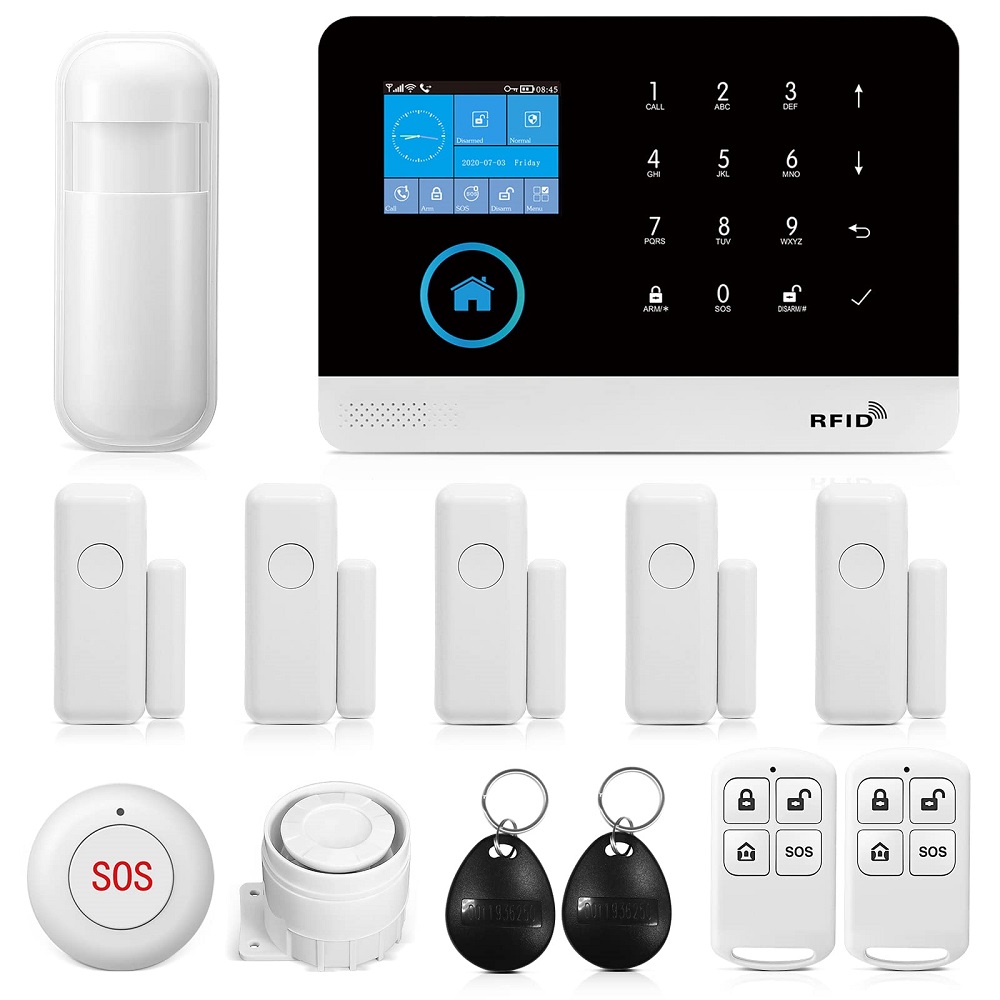
Types of Home Security Systems
Traditional Alarm Systems
Traditional alarm systems remain popular among many homeowners. These systems typically consist of door and window sensors, motion detectors, and a control panel. Upon detecting unauthorized entry, the alarm emits a loud sound and alerts a monitoring center. While effective in deterring threats, traditional alarms often lack features like remote access or smart device integration.
Smart Home Security Systems
A significant trend in 2024 is the shift toward smart home security systems. These systems connect to the internet, allowing homeowners to control and monitor their property remotely via smartphones or tablets. Smart security cameras, doorbell cameras, and smart locks provide real-time alerts and video feeds, contributing to enhanced security. Many users appreciate the ability to integrate these systems with other smart devices, creating a connected home environment.
Key Features to Look For
Monitoring Options
When evaluating a security system, monitoring options play a crucial role in determining its effectiveness. Most systems offer professional monitoring, where a specialized service maintains constant surveillance of your home. This option usually incurs a monthly fee but provides reassurance that trained personnel will respond swiftly to alarms. Conversely, self-monitoring systems allow homeowners to manage alerts and notifications through mobile apps, offering flexibility but requiring more hands-on involvement.
Video Surveillance
Video surveillance features are becoming a staple in modern home security. High-definition cameras provide clear images and often come equipped with night vision capabilities. Homeowners can review footage remotely, enabling them to monitor activity around their property at any time. Some systems include artificial intelligence (AI) that can distinguish between familiar faces, pets, and intruders, making it easier to filter significant notifications from unnecessary alerts.
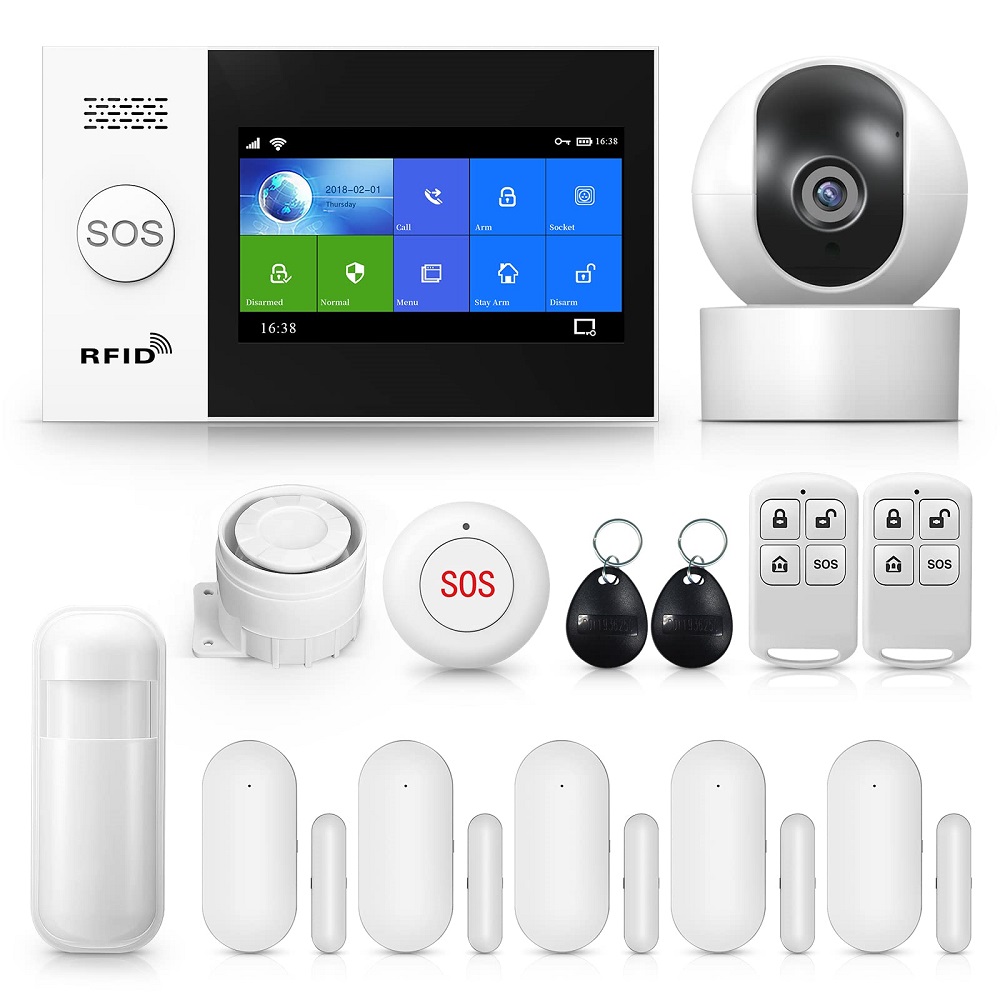
The Impact of Artificial Intelligence
Intelligent Threat Detection
Artificial intelligence has transformed security systems, enhancing their ability to detect threats in real-time. AI algorithms can analyze video footage to identify unusual patterns or movements, triggering alerts when necessary. This technology minimizes false alarms while improving overall responsiveness. As a result, homeowners can rely on their security systems to distinguish between everyday activity and potential danger more effectively.
Predictive Analytics
Beyond immediate threat detection, AI enables predictive analytics in home security systems. By analyzing historical data and environmental factors, these systems can anticipate potential risks. For instance, if a neighborhood experiences a spike in burglaries, the system may send alerts to homeowners. This proactive approach allows individuals to take preventive measures, enhancing their property’s security before an incident occurs.
The Importance of User Experience
Intuitive Interface and Controls
User experience has increasingly become a focal point in home security system design. Many systems now feature intuitive interfaces that streamline the monitoring and control process. Easy navigation allows homeowners to access security cameras, alarms, and settings without frustration. A user-friendly app makes it simple to adjust settings, view footage, and communicate with monitoring teams, enhancing overall satisfaction.
Customer Support and Resources
Effective customer support and resources can significantly improve the experience of owning a security system. In 2024, many manufacturers offer comprehensive support, including tutorials, FAQs, and live chats. Access to quick assistance helps homeowners troubleshoot issues or understand their systems better. Strong customer support plays a key role in maintaining the reliability of security systems, ensuring users feel confident about their setup.
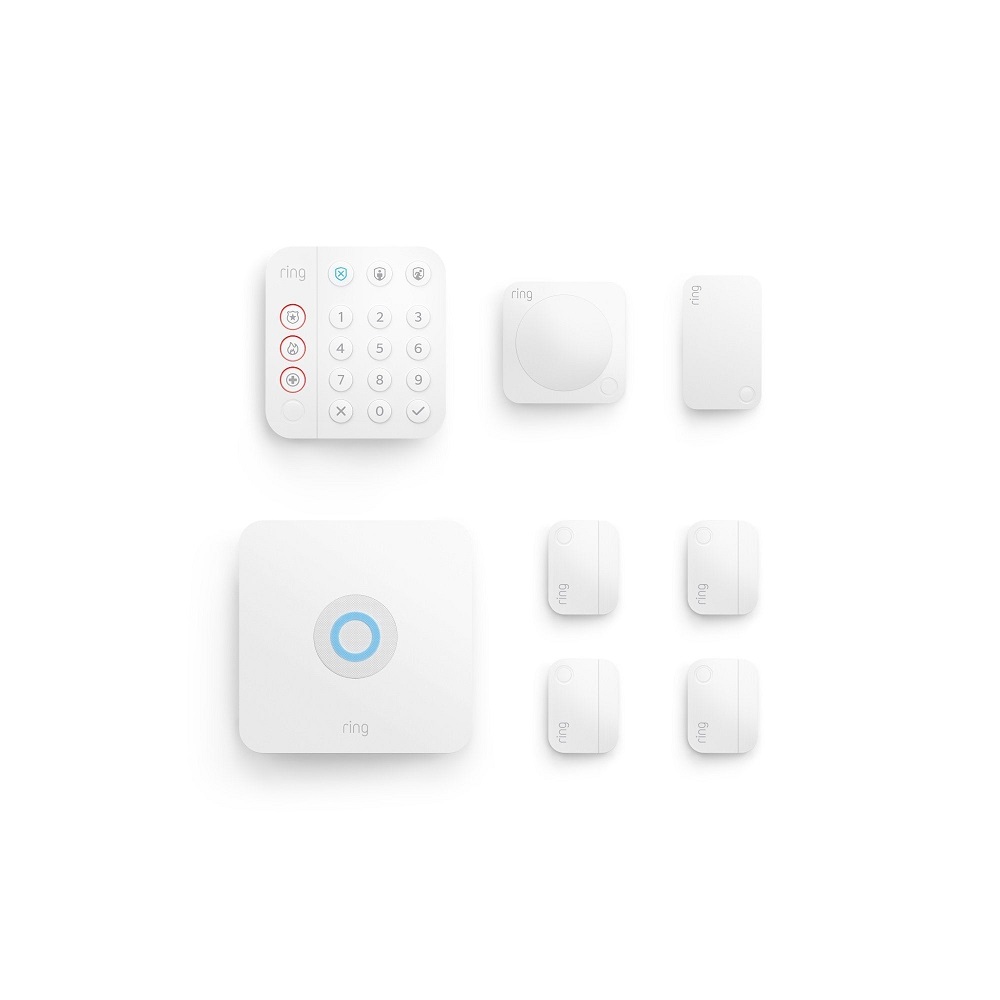
Cost Considerations
Initial Investment vs. Long-Term Savings
Installing a home security system generally involves an initial investment in equipment and installation. However, homeowners should consider the long-term savings that a well-implemented system can offer, such as a decrease in insurance premiums. Many insurance providers offer discounts for homes equipped with comprehensive security systems, resulting in significant savings over time.
Subscription Fees
In addition to upfront costs, ongoing subscription fees can impact homeowners’ decisions. Most professionally monitored systems require monthly fees for continual surveillance and support. Self-monitored systems often come with lower costs, but homeowners must weigh the value of professional support against the potential risks of unmanaged security. Evaluating these costs can help individuals choose a system that best fits their budgets.
Choosing the Right System
Assessing Your Unique Needs
Choosing the right home security system involves assessing individual needs and lifestyle. Homeowners should consider factors such as property layout, existing infrastructure, and personal safety concerns. For example, families with younger children might prioritize indoor cameras to monitor activity, while urban residents may place a higher emphasis on outdoor surveillance due to higher crime rates.
Research and Comparisons
Before committing to a system, thorough research is essential. Reading reviews, comparing features, and asking for recommendations from friends or family can provide valuable insights. Many companies offer trial periods or satisfaction guarantees, allowing homeowners to test systems before finalizing their decision. Taking the time to explore and compare options will ensure you invest wisely in your home security.
Emerging Technologies in Home Security
Integrating Smart Home Ecosystems
As we progress through 2024, the integration of home security systems with smart home ecosystems is becoming increasingly standard. Homeowners can now connect security devices to other smart appliances, creating a cohesive and interconnected living space. For instance, smart lighting can be programmed to activate when a door is opened, or security cameras can communicate with smart speakers to provide real-time alerts. This seamless integration not only enhances security but also facilitates everyday convenience. Homeowners can create customized routines that enhance their security while optimizing their energy consumption and overall home management.
The Role of Drones and Robots
In the landscape of home security, drones and robots are emerging as innovative solutions that expand surveillance capabilities. Drones equipped with cameras can conduct aerial patrols around a property, offering a comprehensive view that traditional cameras may not capture. Similarly, security robots can roam property perimeters, using sensors and cameras to monitor activities and respond to threats. These advanced technologies provide an extra layer of protection, making homes more secure. Homeowners are increasingly intrigued by these options, as they represent a significant leap forward in both technology and effectiveness.
Conclusion
As home security systems continue to evolve in 2024, homeowners have unprecedented choices and technologies to consider. The growing need for safety, coupled with advances in artificial intelligence and smart technology, ensures that these systems maintain their relevance and effectiveness. Understanding the types of security systems available, exploring key features, and considering costs are essential steps in selecting the right option for your home.
The landscape of home security presents both challenges and opportunities, and an informed decision can significantly enhance your peace of mind. By evaluating your unique needs and conducting thorough research, you can select a system that not only protects your home but also fits seamlessly into your lifestyle. As threats shift and the home security landscape evolves, staying vigilant and proactive will empower homeowners to enjoy a safe and secure environment. Investing in the right home security system provides peace of mind and enhances your overall quality of life.
